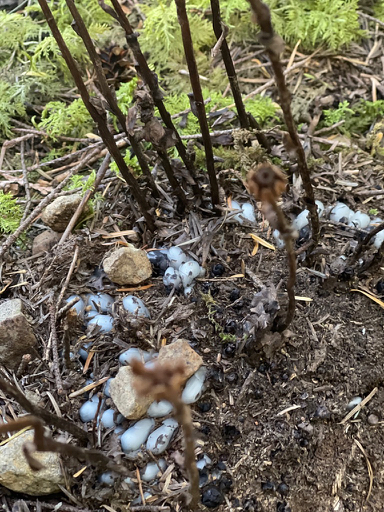By Chris Jones
The most iconic natural history event in the Pacific Northwest is the return of the salmon. In spite of all the cultural and demographic changes that have occurred in the last century, many salmon still return to their natal rivers and streams after two, three, four, or even five years in the Pacific Ocean. At its essence, this is a natural event that connects our region across cultural lines, a spiritual link inspired by the remarkable life cycle of our salmon.

So, get out there and be a witness to this almost miraculous event that peaks in September through November every year. A web search for “Salmon viewing locations in Jefferson County” should bring you to a Jefferson Land Trust map with lots of information on salmon. Look for Chum (dog) salmon spawning in the lower reaches of streams, and expect to see Coho (silvers) moving to the upper watershed. Kings (chinooks) and Steelhead are sighted less frequently but do occur in larger rivers. Pink salmon spawn in abundance in many of our streams in odd numbered years, 2021 included. Look for them just upstream from where the river meets salt water.
Other viewing options are the Dungeness River Center and Railroad Bridge Park in Sequim; the Big Quilcene River bridge on Linger Longer Road in Quilcene; and, if you want to travel a bit, the “Sol Duc River Salmon Cascades,” a popular spot to view athletic Coho salmon leaping up a waterfall in their existential quest to return to their home waters. The viewing site is located on Sol Duc Hotsprings Road about 7.1 miles from the turnoff from Highway 101. It’s about a two hour drive from Port Townsend.





